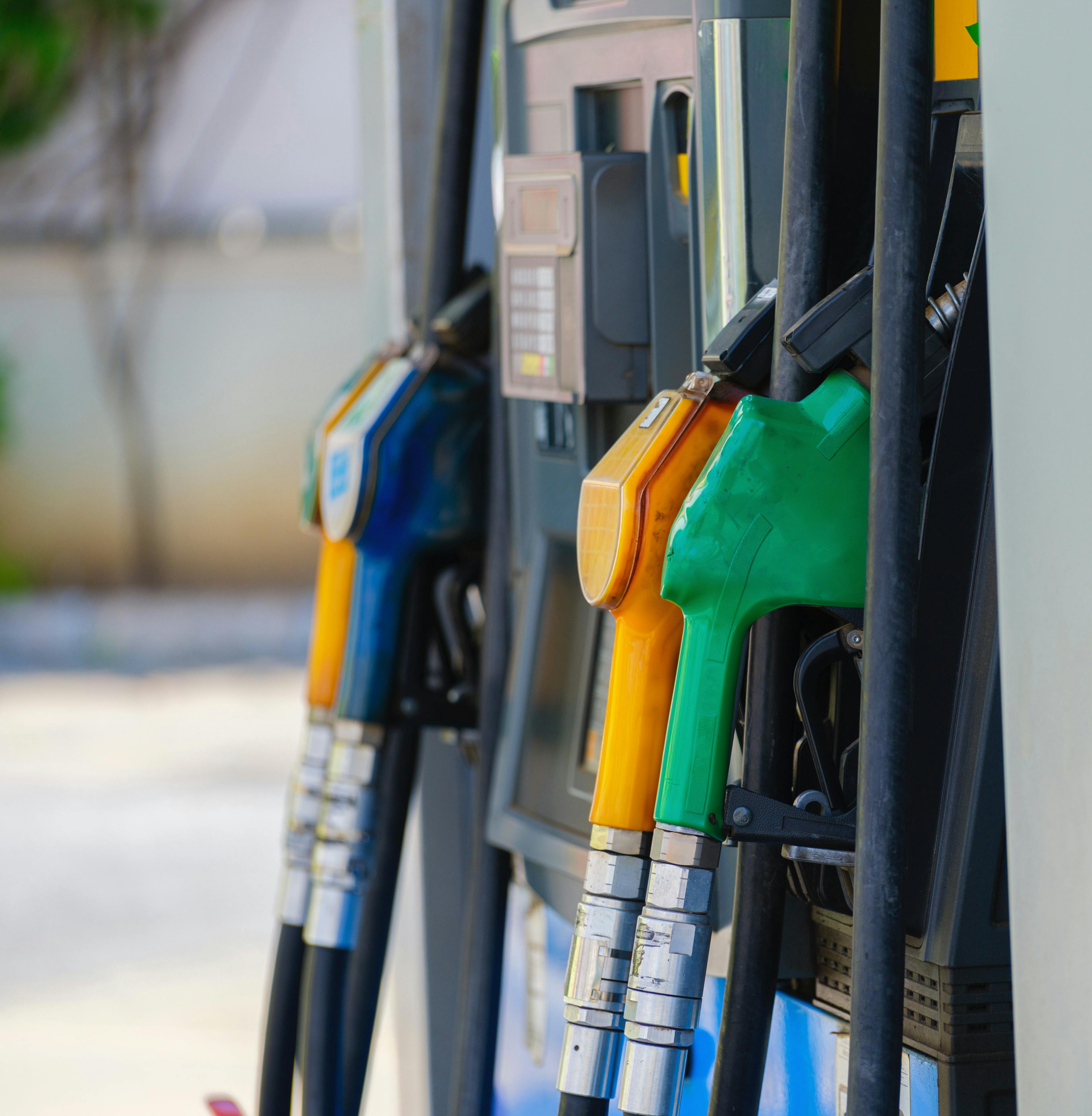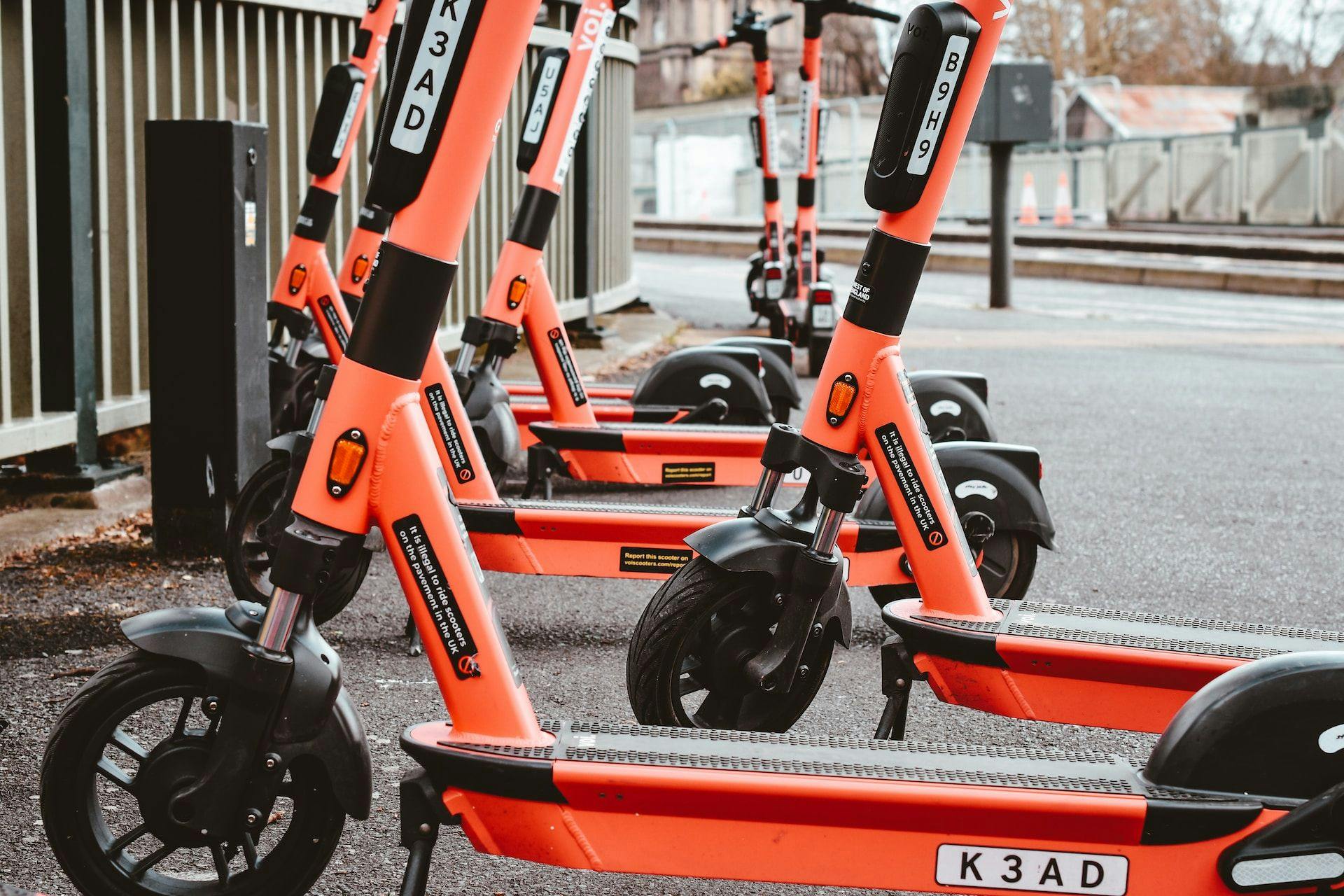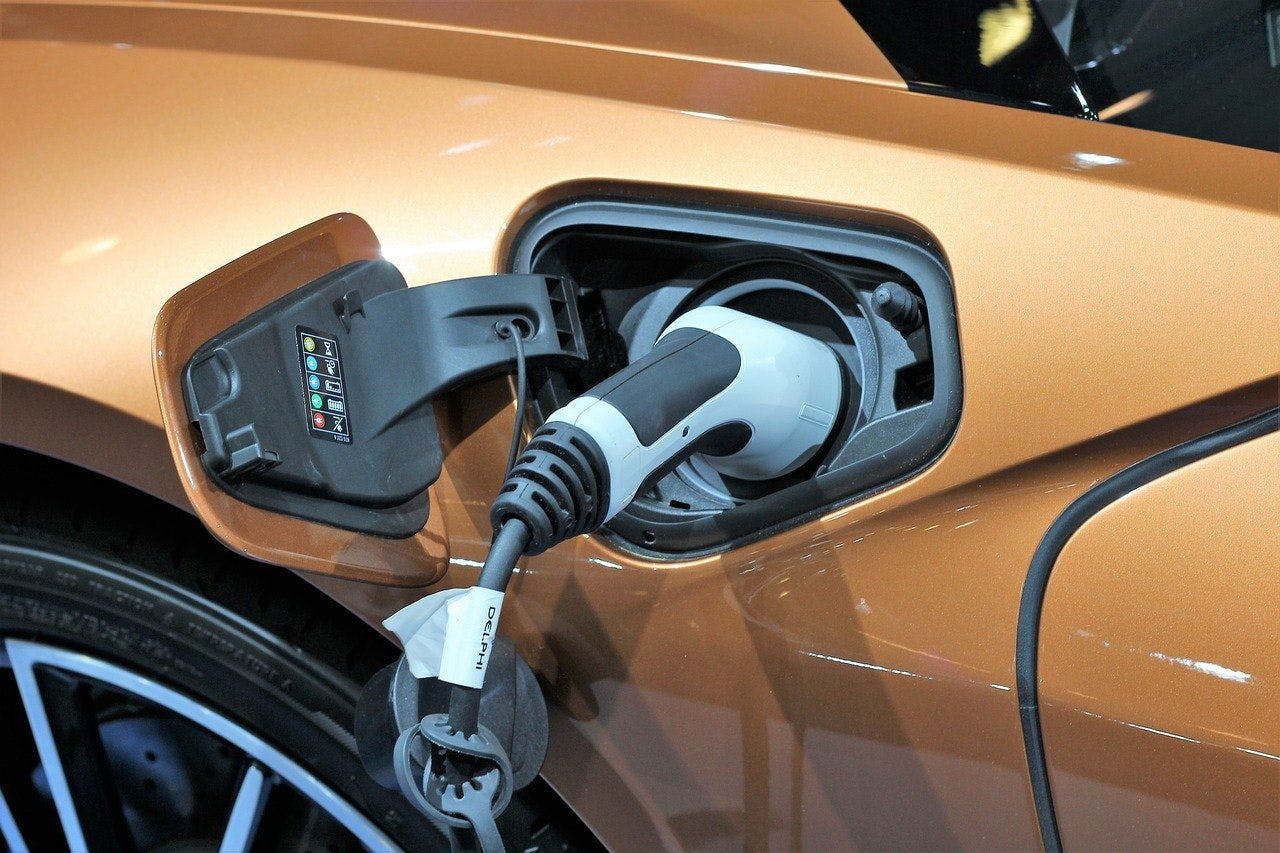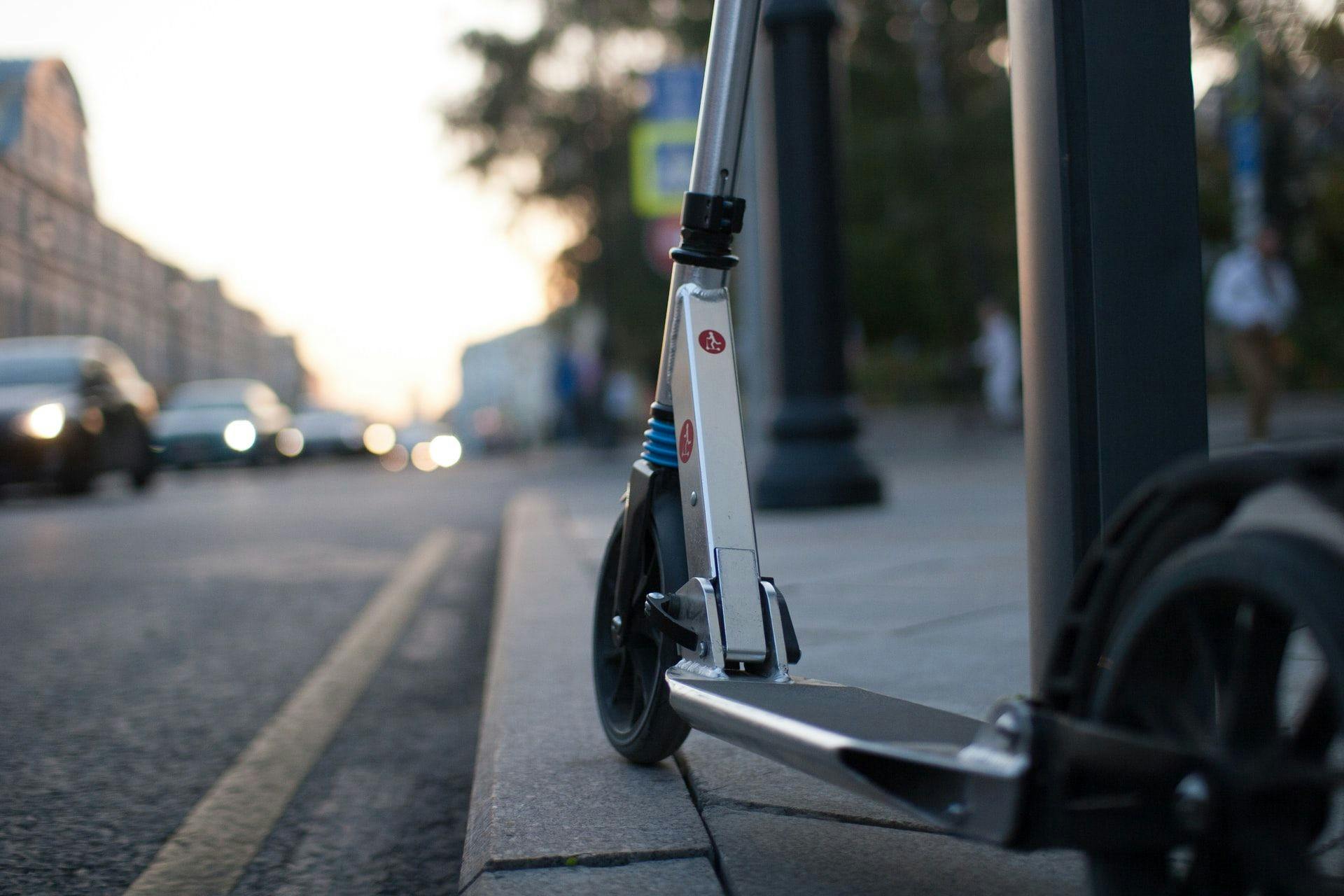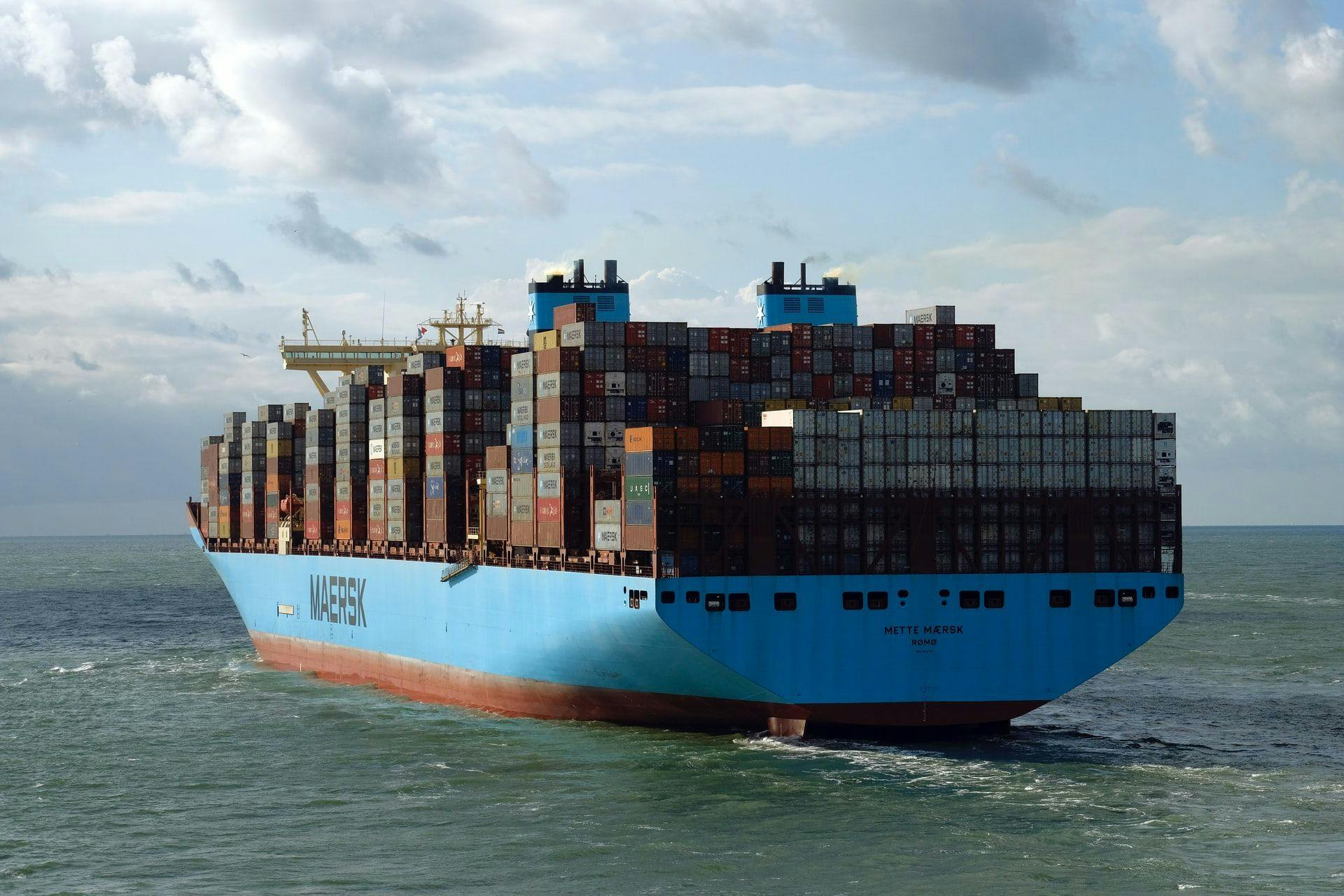ECTN: European Clean Transport Network Alliance - Decarbonising long-haul road transport
ECTN consortium:
Although essential to our societies, freight transport has a major environmental impact. On a global scale, freight emissions account for more than 10% of total energy emissions. Trucks alone are responsible for around 2/3 of the sector's emissions[1]. This predominance can be explained by the fact that most of the world's goods transit by truck at some stage in their journey. While electrification is gradually establishing itself in urban and regional transport as the preferred solution to replace diesel by 2050, long-haul road transport still faces several challenges in terms of cost, range and electric recharging.
Carbone 4 has contributed to the ECTN (European Clean Transport Network Alliance) project, a consortium bringing together CEVA Logistics, ENGIE and SANEF. The solution proposed is based on a change in the way long-haul transport is organised, rather than on a technological innovation. The ECTN concept is based on the “pony express” model, with stations equipped with recharging points for low-carbon HGVs set up directly on or near the motorway network. When they arrive at the station, drivers unhook their trailers, which are then connected to the tractor making the next leg of the journey, recharged during the trailer swap. With this model, drivers no longer have to travel long distances but make daily return trips on a defined road segment. The full European rollout involves 190 terminals spread over more than 6,000 corridors.
Description of the ECTN transport system
The consortium asked Carbone 4 to assess the project's carbon impact and asked ENGIE Impact for an economic evaluation.
From an environmental point of view, the modelling carried out shows that the ECTN system has several advantages:
- It reduces GHG emissions by around 60% compared with the current system (the comparison includes the gradual electrification of non-ECTN fleets and the gradual improvement of the energy efficiency of diesel and electric trucks).
Average carbon intensity of an ECTN and non-ECTN truck in 2030 and 2050 (gCO2e/tkm)
- It significantly increases the utilisation rate of each truck, thereby accelerating the electrification of the fleet.
The economic study carried out by ENGIE Impact confirms the viability of the model: by 2030, the total cost of ownership of an electric ECTN truck will be 20% lower than that of a conventional diesel truck. The solution is therefore economically advantageous for carriers, provided that the public authorities cover the initial investment in terminals.
The ECTN solution offers three advantages for the future of long-haul road transport, and can be deployed rapidly. In environmental terms, it speeds up the electrification of long-haul fleets while maximising the use of recharging infrastructure. In social terms, it transforms the working conditions of truck drivers by offering them regular working hours and the possibility of returning home each evening, making the profession more attractive. Finally, in economic terms, it offers a rapidly competitive solution for carriers, subject to limited initial public investment (less than €1 billion to cover France for example) for the deployment of terminals.
Some press articles about ECTN
- E-Lkw als Pony-Express, news.svg-hessen
Décarbonation des transports : réorganiser la logistique autour des stations-relais, Autos-infos
- European Clean Transport Network (ECTN) experiment succeeding, provides public authorities innovative, concrete solution to decarbonize long-distance truck transport, Automotive world
- Konzept wie beim Staffellauf: Erste Ergebnisse bei E-Lkw-Test in Frankreich, verkehrsrundschau








